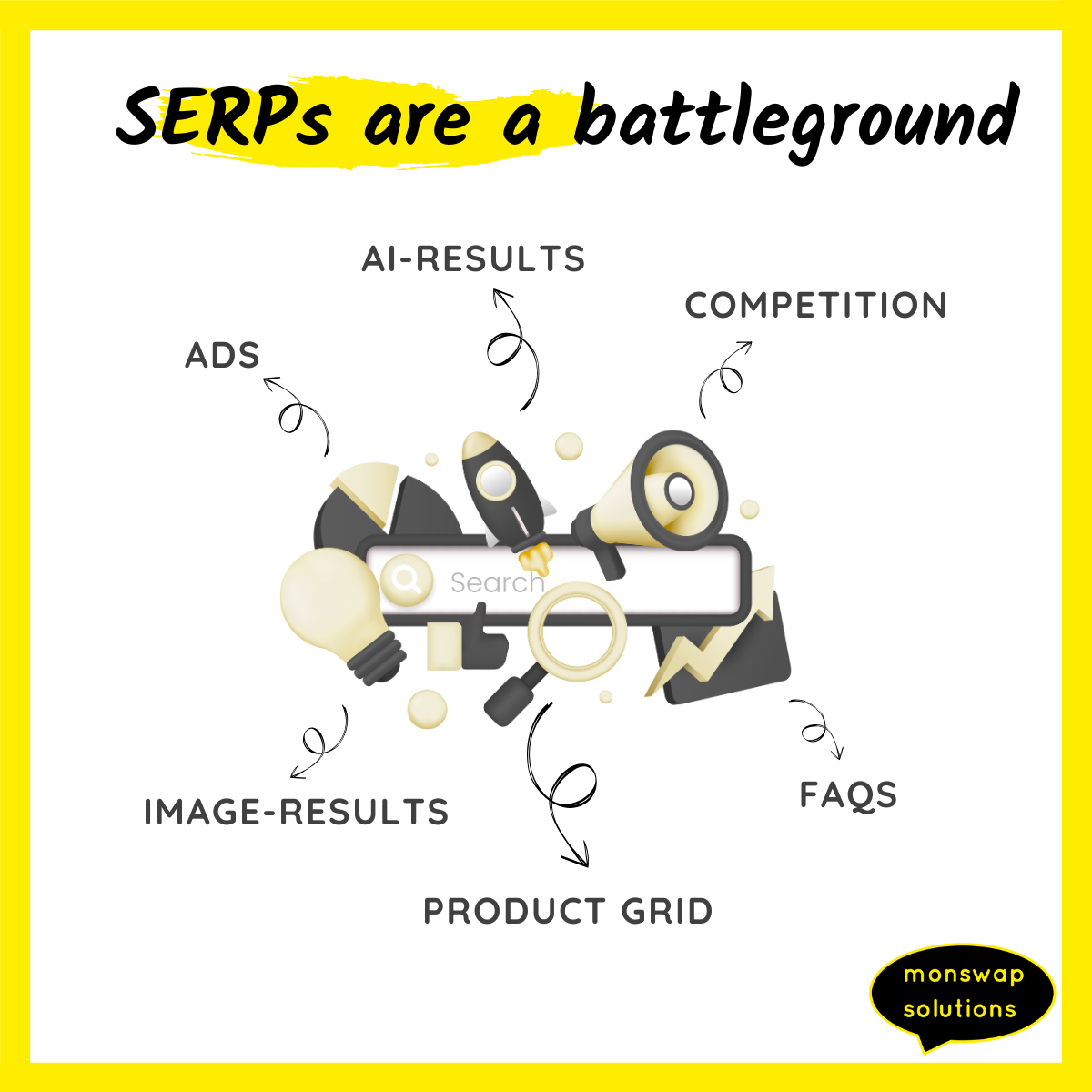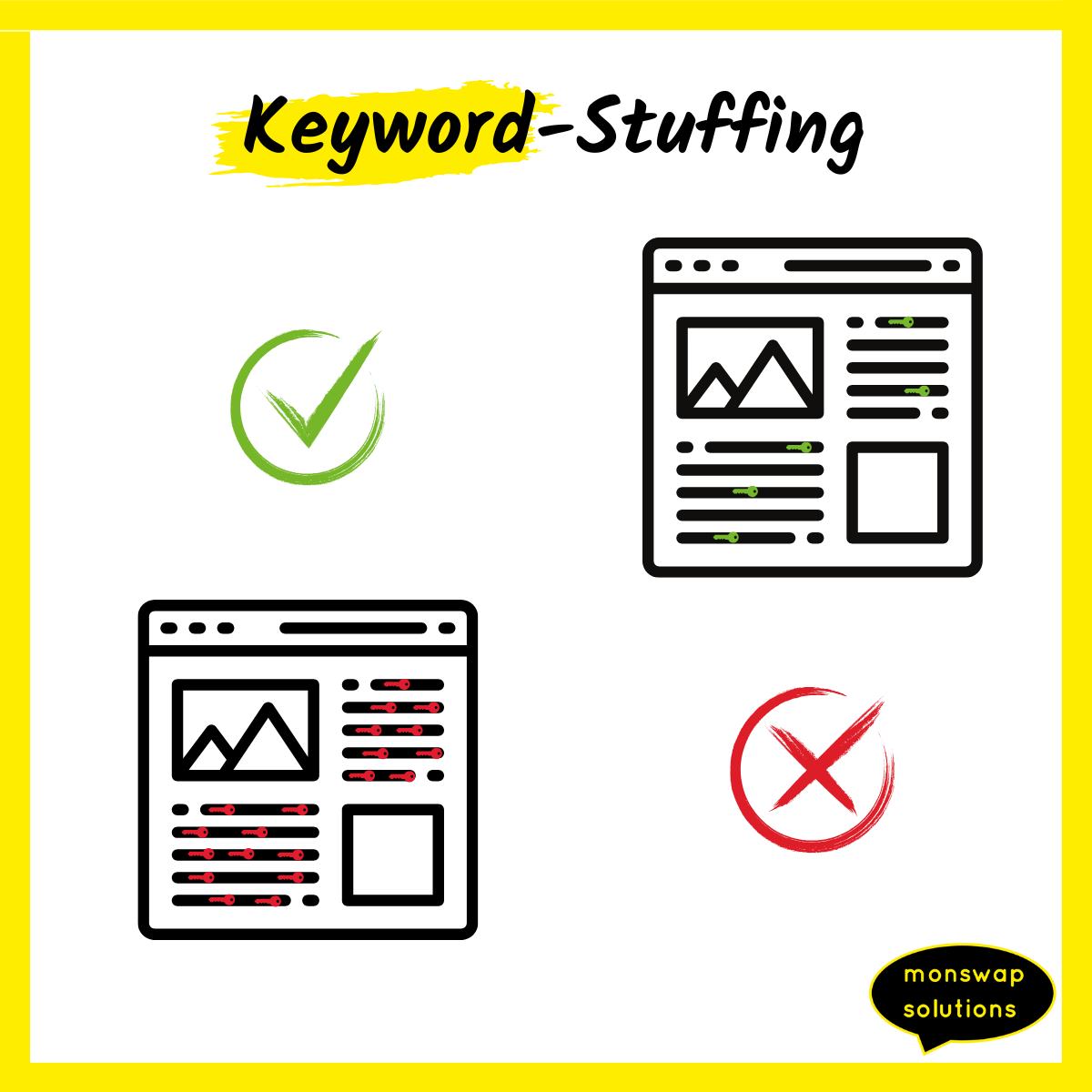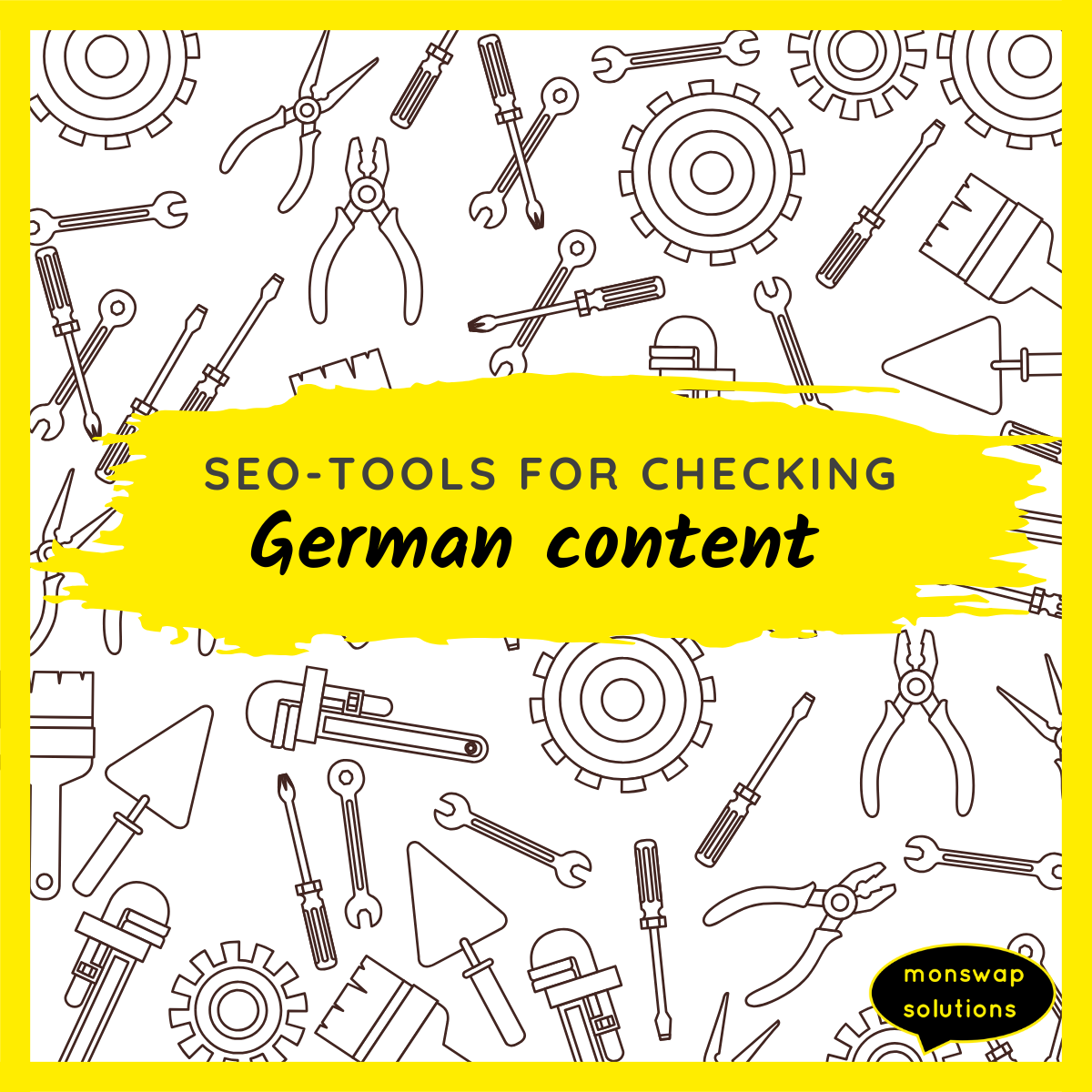You want to rank on Google.de – but the German content you’ve received sounds… off? You’re not alone. Many English-speaking marketers struggle to assess whether their German content is truly SEO-optimized – or just keyword-stuffed fluff. That’s because it often comes from word-for-word translations or generic AI tools. But if you want to rank on Google.de – and convince a German-speaking audience – your content needs more than keywords.This guide shows you how to evaluate German SEO content with confidence.
What to expect in this article
What is good German content – and why does it matter?
[Dateiname: content-in-german; Titel: Content in German; Alt-Text: Content in German; Beschreibung: Infographic shows how good content in German needs to be structured; Quelle: Annabell :)]
Creating content in German that converts means more than avoiding translation mistakes: Your copy must reflect how German-speaking users think, read, and decide.
Whether you’re localising your product pages or building SEO visibility in the DACH region – if the content feels off, your audience will bounce. Great German content builds trust and relevance. It speaks their language – literally and culturally.
That means:
- It offers real insights. Generic phrases don’t cut it. First-hand experience and data, native phrasing, and expert quotes matter.
- It’s structured and scannable. Most German users skim. Use clear headings, formatting and short paragraphs to guide them. (That’s part of what we call content design.)
- It matches search intent. Are users looking to compare, learn or buy? Good German content delivers exactly what’s expected.
When content is built with strategy, structure and local nuance – your audience stays longer. And Google.de, .at and .ch reward that.
Why low quality content won’t rank in 2025
A few years ago, generic SEO content could still rank. Add a few keywords, check the word count – done. That no longer works.
Google and other search engines have gotten much better at distinguishing valuable content from empty blah (and they’re really tough on unedited AI copy).
The rise of AI search goes even further: users can now get instant answers without visiting your website. So if you want to stay visible, your content needs depth.
And competition is fierce. Your search engine results pages (SERPs) are now cluttered with ads, images, FAQs – and your competitors’ high-quality content. Standing out is harder than ever.

Good German content delivers what AI can’t: perspective, a human touch for language, real-life experience. It’s strategic, well-structured, well-researched – and easy to read.
Ignore this and your site may still get indexed – but it won’t make the top 10.
8 checks to help you evaluate German content
Not all German content is good – even if it looks good at first glance. Here are eight questions to help you tell the difference between content that converts and copy that needs to be reworked.
[Dateiname: content-german; Titel: Content German; Alt-Text: Content German; Beschreibung: ?; Quelle: Annabell :)]
1. Does the content contribute to your SEO strategy?
Is your German content aligned with your local and international SEO strategies – and localised enough to resonate with German-speaking users?
A literal translation of your English website content rarely works: search intent as well as tone of voice and points of interest can be veeeery different for German-speaking customers. German SEO content is only effective if it follows a clear objective: building visibility for relevant search terms, increasing traffic, or driving conversions.
2. Does it speak to the right audience?
German (B2B) buyers have different expectations than their English-speaking counterparts. Does your content address them the way they expect – formal or informal tone, clear structure, practical language? If not, it won’t convert.
Even flawless grammar won’t help if the tone or message is off.
3. Is the German content fluent and engaging?
Good German content is easy to read and follows a logical reasoning. It alternates between short and medium-length sentences to improve readability. This is how you attract readers – and it certainly doesn’t sound like a set of instructions written by a machine.
Pro tip: read the first three sentences out loud. Does it catch your attention and sound exciting? Or do you stumble over the wording? After three sentences, do you have a clear idea of what’s coming? If not, it’s not good German content.
4. Do the keywords feel natural?
If you want to assess any piece of SEO content, check for unnatural keyword usage and keyword stuffing. Do any sentences sound strange or does the copy feel stuffed? Then it’s probably not good German content.

And that’s a problem in 2025.
5. Is the structure clear and scannable?
A chaotic layout? That’s a red flag. SEO content needs to be easy to scan. When reviewing website content, look for clear subheadings, short paragraphs, and enticing formatting such as bold fonts, lists, and quotes.
A good German SEO copywriter uses subheadings, bullet points, and formatting to guide their readers.
6. Does it include first-hand expertise?
(Unreviewed) AI copy or cheaply produced content repeat what’s already out there. Sure, this is a quicker and cheaper way to produce content. But Google wants real insights.
If a piece of content doesn’t say anything useful, it’s either 1) poorly researched or 2) lacks first-hand experience. Good SEO content explores the topic, offers a unique perspective, and is not afraid to be controversial. It makes clear statements, uses real data and knowledge straight from the experts.
7. Does your content match German search intent?
DACH readers have a clear expectation when they search online. They want specific answers – in their language, their tone, their logic.
If you want to rank in Germany, Austria or Switzerland, your content needs to reflect local search intent. That means understanding what users are really looking for, how they phrase their queries, and what type of content they expect to find. That’s why a one-to-one translation of your SEO strategy won’t bring optimal traffic.
Miss the intent, and even great copy won’t perform. Match it, and your German content starts working for you.
8. Is it full of fluff and blah?
Clichés like ‘SEO is important to be successful on the internet’ don’t help readers – and don’t serve a purpose. Strategic German content gets to the point quickly, providing relevant context and helpful information.
As a result, visitors will find what they are looking for on your website and stick around for a while. (In part thanks to great UX and microcopy.)
3 tools to help you review German content quality

You can spot bad SEO copy right away: it’s too long, too stiff, too generic. But how do you know if your German content really meets all the requirements for ranking on Google.de?
Optimising SEO content is one thing. Optimising German content? That’s a different game. Luckily, SEO tools like Yoast and Sistrix – a German market leader – speak German, too. And offers the in-depth insights you need to compete on Google.de.
Let’s explore three tools together:
Yoast SEO
Yoast SEO is a free WordPress plugin that speaks many languages, including German. The tool offers basic on-page SEO checks. It reviews meta length, keyword usage, readability and sentence structure – and shows a traffic light system (red/yellow/green) to guide you. Ideal for quick reviews.
Sistrix
A powerful German SEO suite trusted by German copywriters, companies, and agencies. The content module includes WDF*IDF analysis to benchmark your content against top-ranking competitors in Germany, Austria, and Switzerland. Plans start at €239/month. Sistrix is not beginner-friendly – but the insights are gold.
SEO-Audit
As a native German SEO copywriter, I will personally review your content – either as part of a full SEO strategy or in a 1:1 coaching session from €250. I check structure, tone, keyword use, clarity, and UX. You’ll get on-point hands-on advice – and zero fluff.
Need a native speaker to evaluate your German SEO content? I’ll help you find and fix what’s holding your rankings back. Let me show you what matters and book an SEO audit with me now: Click here to open my calendar.
Your time? Too valuable for bad content
Each correction loop costs you time. (And it’s annoying.) You need German content that’s right the first time – not generic copy that needs rewriting x times. Or AI-generated content wastelands that drive you crazy.
I write SEO copy that hits the mark with Germans. Without wasting your time. This way, you can focus on what’s important: your strategy and your projects.
Let’s work together. This way, you get great German SEO content – without any detours.
What clients ask about German content …

Can’t I just translate my English content into German?
Technically, yes – but you’ll miss the nuances of how German users search. A native SEO translator makes sure that
- your website content sounds just right,
- you use the right keywords,
- content is relevant for a German-speaking audience.
Let me explain in more detail, what you need to look in my blog post “SEO-Translation – How to Rock (German) Website Translation“.
Do I need an SEO strategy explicitly for the German-speaking market?
Yes, search volume can be very different in different cultures and languages: A keyword that many people search for in English may have no search volume in German – and vice versa. Search intent can also vary – and you don’t want to miss that. (I’ll tell you why in this article “Search Intent ‒ SEO’s Smart Little Brother“.)
So a German SEO strategy that complements your original one is the way to go.
How many keywords should my SEO content include?
The ideal keyword density is 0.5–1.5%. In a 600-word text, that’s about 3–9 times.
But don’t overdo it. Natural flow matters more than numbers. And keyword stuffing only has disadvantages these days. Use synonyms, related terms, and variations.
How many words do I need to rank with German content?
Here is my typical consultant answer: That depends…
A product description might rank with 300 words. A landing page or blog article may need 1,000–3,000 words to fully answer the search intent, satisfy readers, and be featured as a top search result.
The key is not the length of the piece, but what works best for your SEO and Content Marketing strategy (strategy > word count). Also, your German content needs to meet search intent and provide real value.





